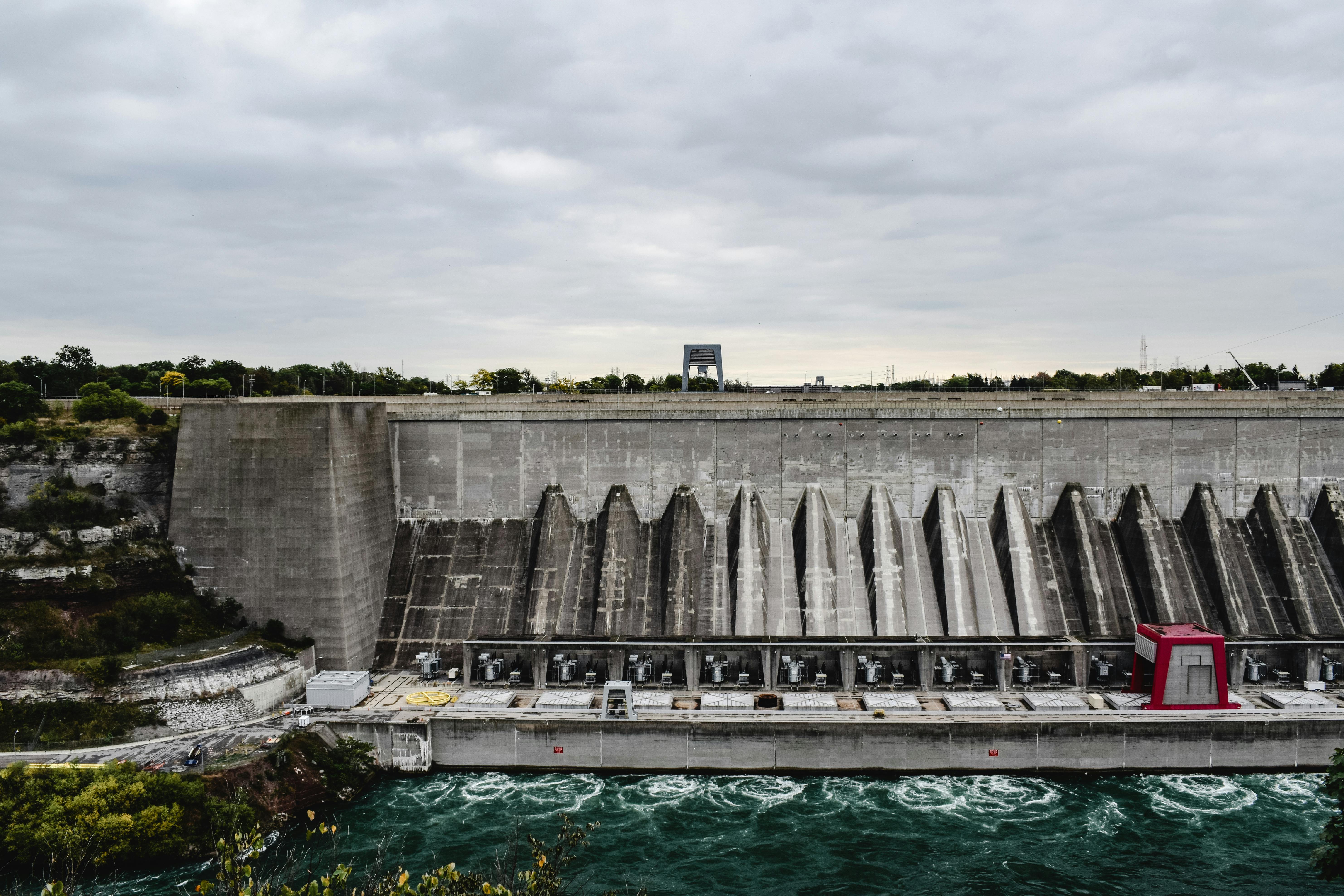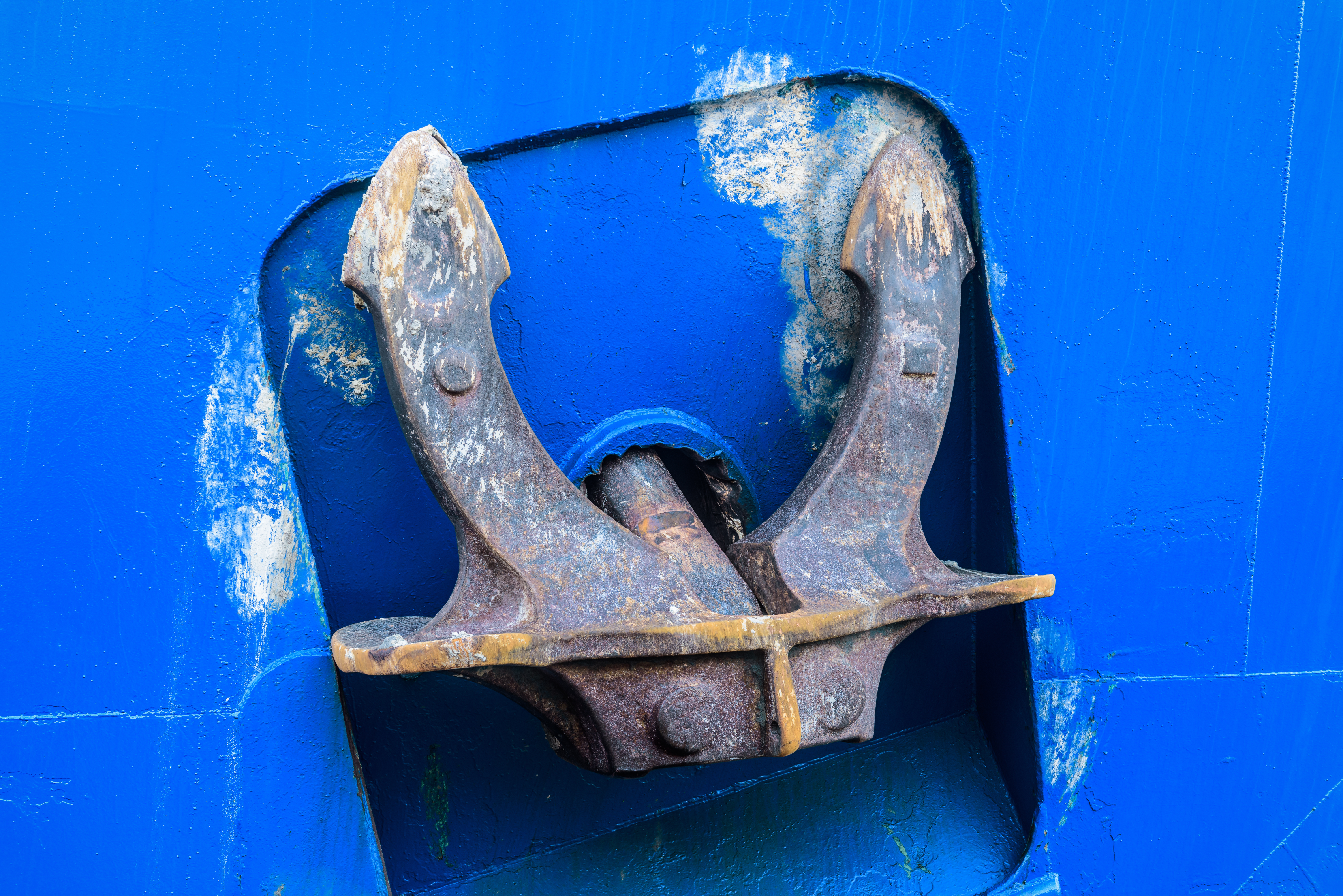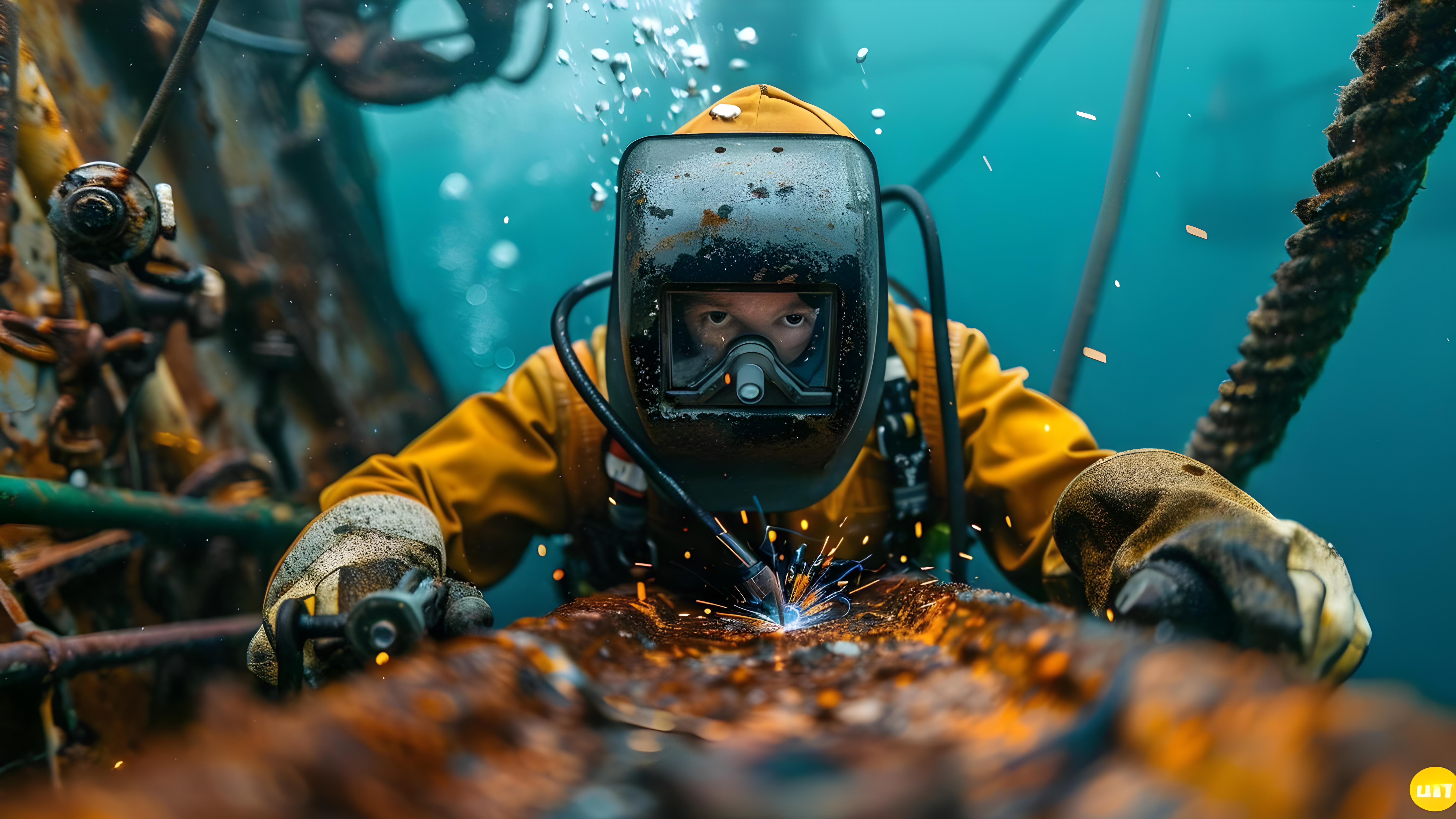
Steel Casting Solutions For Hydropower
- Commercial
- August 05, 2025
Why Hydropower Still Deserves the Spotlight
In a world racing toward renewables, hydropower might not grab headlines like solar or wind. But it’s still one of the most dependable, efficient, and clean sources of electricity, especially in places like the U.S., Europe, and parts of the Middle East.
Whether it’s a massive dam or a smaller river-based plant, hydropower systems rely on components that don’t just “work”; they need to keep working for decades, under brutal conditions. That’s where steel casting comes in.
So, What Exactly Is Steel Casting?
Let’s skip the metallurgy lecture.
At its core, steel casting means pouring molten steel into a mold to create solid parts, often large, highly complex, and customized to fit a very specific need.
But it’s not like pouring pancake batter. The stakes are high. These parts have to:
- Survive constant water flow (and all the minerals and gunk that come with it)
- Handle crazy pressure and torque
- Resist corrosion, erosion, and fatigue
This is especially true for parts like:
- Turbine runners (the big spinning blades that turn water into power)
- Francis and Kaplan turbine casings
- Valve housings
- Wicket gates
- Stay rings and sealing rings
One small defect in any of these? That’s not just a bad day, it’s a million-dollar problem.
Why Hydropower Castings Aren’t One-Size-Fits-All
Hydropower plants aren’t Lego sets. Each site has its own flow rate, head, geography, operating conditions, and goals. That means cast parts usually need to be custom-designed. Let’s say you’re operating in northern Norway. Your steel needs to handle freezing temps and pressure surges. But if you’re in the Middle East? You’re dealing with mineral-heavy water, heat, and potential sand erosion.
That’s why material selection and casting quality matter so much. It’s also why off-the-shelf components from a general supplier often fall short. At ETC Foundry, this kind of detail work is second nature. (We won’t brag. But yes, we’ve helped hydropower plants solve some pretty gnarly casting problems across different regions.)
It’s Not Just What You Cast, It’s How You Cast It
Hydropower components aren’t just big, they’re also precise. A turbine runner, for example, isn’t just a chunk of metal. The balance, surface finish, and internal structure can affect energy efficiency, cavitation resistance, and long-term wear.
Here’s what a great casting partner brings to the table:
- Precision molds and patterns built from accurate 3D models
- Knowledge of steel grades that fit each environment (like stainless vs. duplex vs. martensitic)
- Post-casting treatments like heat treating, surface machining, and NDT (non-destructive testing)
Why does this matter? Because good casting saves you money twice:
- Fewer problems during installation
- Fewer surprises during operations
Real-World Casting Solutions for Hydropower Applications
A lot of hydropower infrastructure is aging. Instead of full replacements, many plants are upgrading select components to boost performance.
This is where casting gets even more interesting.
We’ve worked with plants needing one-off replacement castings based on decades-old blueprints (or no blueprints at all). Reverse engineering + custom molds = new part, perfect fit, better performance.
It’s like giving a classic car a brand-new engine block.
What Goes Wrong When You Pick the Wrong Foundry?
Let’s keep it real. Not all casting suppliers understand the hydropower world. Here’s what we’ve seen too often:
- Close enough” parts that require field modifications (aka, costly delays)
- Inconsistent metallurgy that leads to early wear or cracking
- Slow timelines and poor communication
A solid foundry will ask about your project goals, turbine type, water chemistry, and even operating temperatures. They’ll sound less like a parts seller and more like a teammate, which is what you want.
Signs You’re Working with a Solid Steel Casting Partner
Here’s a quick checklist of signs you’ve found the right casting partner for hydropower:
- They ask good questions, not just for specs but about your operating environment
- They have experience with similar turbine systems or retrofits
- They help troubleshoot and offer material advice
- Their cast parts just fit, the first time
- You don’t have to chase them for updates
We’re not naming names here, but yeah, ETC Foundry fits the bill. Let’s just say we’ve been around long enough to know where things go wrong and how to keep them right.
Quick FAQ: Hydropower Steel Casting
Let's answer some of the most popular queries on this topic.
What steel is best for hydropower parts?
Depends on the location and load. Stainless and duplex steels are common for corrosion resistance, but we’ve also used martensitic grades where high strength matters most.
Can you cast one custom part, or does it have to be bulk?
One-off castings are totally possible, especially for retrofits. We've done many single parts for older plants.
How long do cast parts last in hydropower plants?
With the right steel and casting quality? Often 30+ years, sometimes even longer, with proper maintenance.
How long does it take to get a custom-cast part?
Depends on size and complexity, but usually 6–12 weeks from design to delivery. As always, you should contact us for more details and a more accurate deadline.
Final Thoughts
Hydropower demands components that can take a hit and keep on spinning. Steel casting might not be flashy, but it’s where reliability begins. When done right, it’s quiet, clean, and nearly invisible. When done wrong... well, you’ll know.
If you’re dealing with complex specs, older systems, or high-performance expectations, don’t gamble on generic parts. Work with people who get it. People who know steel, hydropower, and what it takes to make both work beautifully together.



Share This News